Growth in height: how it happens and what it depends on
During childhood and adolescence, the bones of the human body are affected by continuous growth and remodeling phenomena, some of which cease in adulthood; others remain throughout life, so much so that every 10 years the skeleton is completely renewed.
The increase in height during development is the result of the longitudinal growth of the long bones. This growth is guaranteed by the presence of the so-called conjugating cartilage, whose welding at the end of development precludes any further statural increase.

In childhood and adolescence it is possible to distinguish two small regions, called epiphyseal plates, interposed between the epiphysis and the diaphysis of the long bones, and also present in some short bones.
These plates - also known as cartilaginous discs, nuclei of bone growth, metaphyses or conjugation cartilages - host particular cells, called chondrogenic cells. It is a constantly dividing cell population, responsible for the production of chondroblasts, of which they represent the natural precursors.
The chondrogenic populations give rise to chondroblasts (cells responsible for the deposition of cartilage), which, having fulfilled this function, are transformed in turn into chondrocytes (inactive cells). Then there is a gradual reabsorption of the cartilage thus produced, the calcification of the residual matrix and the gradual conversion of the newly formed fibrous bone into lamellar type bone.
The whole process allows for the accretion of long bones.
Hormonal influences and growth arrest
Growth is regulated by various hormones; before puberty the stimulus for the lengthening of long bones is mainly given by GH (or somatotropic hormone), in synergy with thyroid hormones, as well as with insulin and similar insulin growth factors (which enhance their effects).
A defect or an excess of these hormones, in particular of GH, T3 and T4, determines growth alterations (dwarfism or gigantism).
At the end of puberty, approximately around 16-17 years for females and around 18-20 years of age for males, statural growth stops. Growth stops because the epiphyses connect to the metaphyses and the growth plates cease to function. From this moment on, it is no longer possible to increase one's bone length.
Responsible for this block are the sex hormones, which after inducing a rapid acceleration of growth in the pubertal period, determine its definitive arrest.
In females, the massive secretion of estrogen during puberty induces the closure of the conjugating cartilages of the long bones, effectively ending the growth phase. The same is true in the male, where the increase in androgens also increases the production of estrogens (due to the peripheral activity of the aromatase enzyme), causing the intercartilaginous discs to bond and stunt growth.
Hypogonadism (reduced synthesis of sex hormones) causes gigantism due to failure to close the epiphyseal plates in puberty.
It should be noted that GH secretion is positively influenced by physical exercise and negatively by obesity (one more reason to instill a healthy sports culture in our children).
Among the environmental factors capable of influencing growth in height, a predominant role is played by "nutrition, as demonstrated by the so-called secular trend (or secular trend of growth). In fact, in the century that has just passed, children living in developing countries have reached ever greater stature, hand in hand with the progress of national economic well-being. In Italy, for example, the stature of military recruits increased by about 10 cm between 1861 and 1961.
Other articles on "Growth in height"
- bone mass
- bone
- bones of the human body
- bone tissue
- osteoblasts osteoclasts
- spongy bone compact bone
- periosteum endosteum
- bone marrow
- bone remodeling
- joints
- Joints: anatomy structure

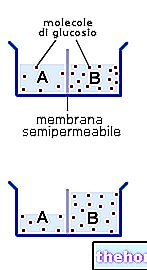
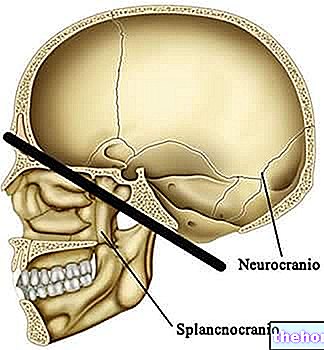
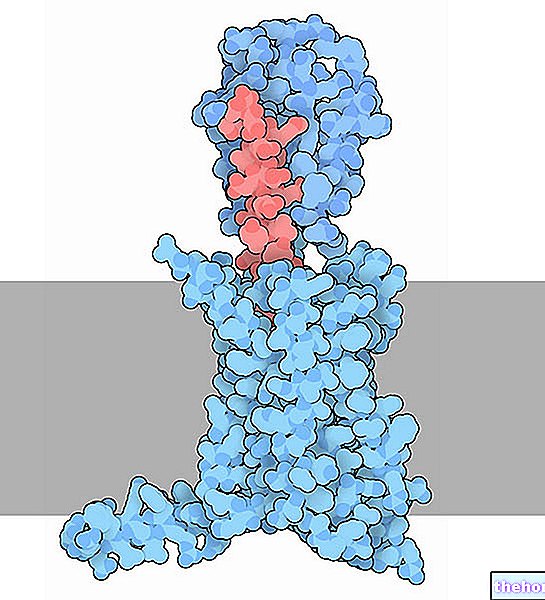
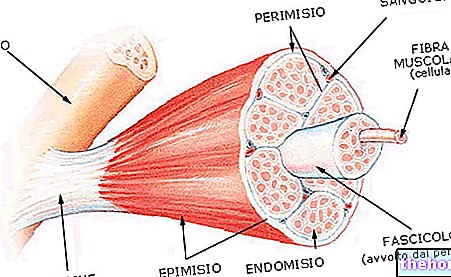

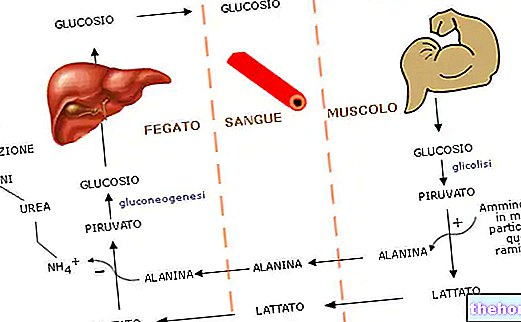









.jpg)











